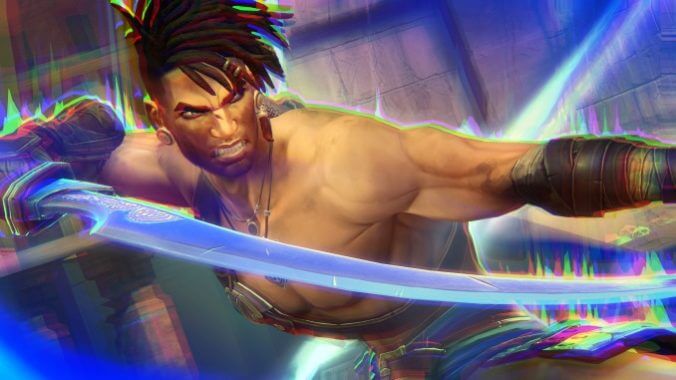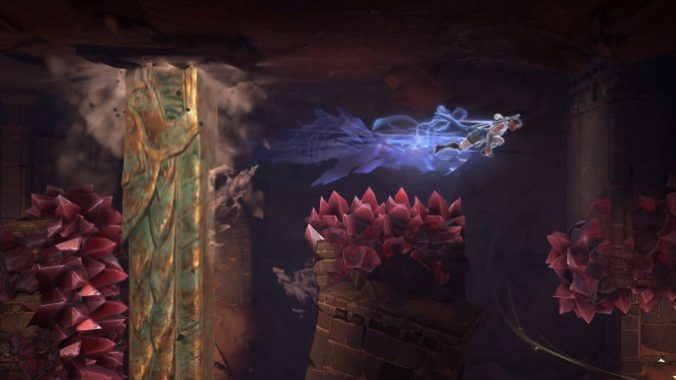Prince of Persia: The Lost Crown Injects Its Classic Roots with Metroid-Style Elements

The original Prince of Persia from creator Jordan Mechner is one of the most influential adventure games. Focusing on exploring a labyrinthine dungeon filled with traps, foes to fight, and a story inspired by Middle Eastern culture and folklore, the 1989 original made for a compelling action-adventure game, and in the following decades, the series went through many reboots to revitalize the core concept of exploring a mythological Persia. With Prince of Persia: The Lost Crown, the series’ jump towards the popular “Metroidvania” sub-genre, which feels like an inevitable but fitting turn.
Returning to the series’ 2D roots, Prince of Persia: The Lost Crown leans further into the exploration of a sprawling dungeon filled with supernatural threats and daring puzzle-platforming sections to overcome—but with a more stylized and action-focused twist. I recently played the opening hours of The Lost Crown and uncovered its re-envisioned take on the series mythos, and how the new Metroid-inspired design is so far making for a great reboot.
Prince of Persia: The Lost Crown presents its story as something of an interactive fable rooted in Persian folklore, which feels in line with series standouts like Sands of Time and the 2008 reboot. Taking on the role of a young warrior named Sargon, you must rescue the titular Prince following an abduction by a rogue group. Taken to a mysterious, sprawling city where time and space are in flux, Sargon and his allies explore the fallen kingdom and face off against the enigmatic forces responsible for the abduction and the strange magic corrupting the land.
As a game in the vein of the Metroid series or Castlevania: Symphony of the Night, The Lost Crown is about exploring a massive, interconnected map filled with monsters to fight, secrets to uncover, and new abilities that push the protagonist beyond his known limits. One of the reasons why this type of game is so popular with players is how it provides both a satisfying sense of power growth and an increasing mastery of their environment. Both of those fit well with the spirit of the Persia series.
Cinematic director Joseph-Antoine Clavet from developer Ubisoft Montpellier—the creators of Rayman Origins and Legends—broke down the initial pitch for making Prince of Persia’s first Metroid-style game and how, despite the change in visuals and tone, The Lost Crown carries on the “DNA” of the original game.
